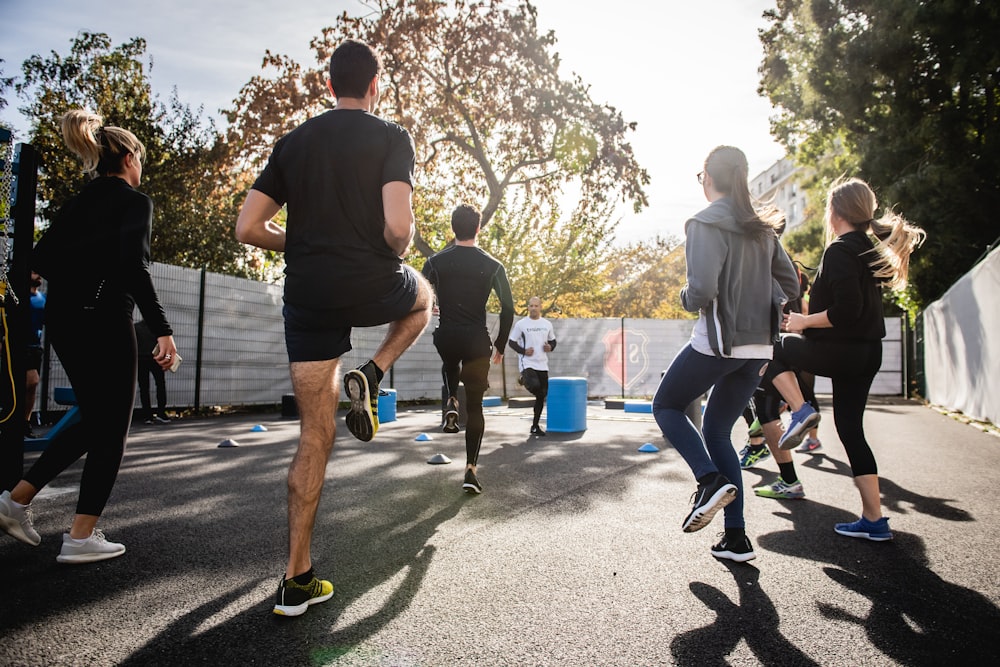5 tips for running after a long break

You picked up an injury and had to rest up. You went on holiday for 2 weeks over the summer. Or you just fancied a break from running, and now you’re wondering where to begin (again). Whatever the reason may be, here are 5 tips to help you get back into running after a long break.
Set small goals
Don’t expect your fitness level to be where it was before your break. Recognise that it's common to need a few runs and a number of weeks to get back up to speed. Instead, set yourself a goal of running a comfortable distance, at an easy pace. Like running 4.5km inside your 5k personal best. This will motivate you to run at a tough pace, but not one that will leave you exhausted the next day or risk injury on your first run back.
Walk before you can run
If you've been away from running for longer than you'd like, gradually build your body's base level of fitness by going for a series of long walks. This will top up your endurance levels and prepare your soft tissue for more intense exercise before attempting a faster or even moderate pace. This is also a good idea if you've just been injured. An hour's stroll can help you determine whether you're ready to step up the pace.
Run with a friend
You must rediscover your love of jogging. So make it as pleasurable as possible. Running with others may be able to enhance your motivation. Friends can hold you accountable while you develop your programme, and nice talks may make your runs more pleasurable.
Check with your local running club or running store to see if they have any group runs scheduled. Some smaller events also include pre-race group runs. Check for a local parkrun to run with others here.
Other fitness methods
There are only so many times a week you can run without putting too much strain on your joints, ligaments, and tendons, perhaps leading to another layoff. Instead, it's a good idea to experiment with different types of exercise. For example, resistance training can help you withstand a larger volume of running training if you do the right exercises that simulate running mechanics. This is where having a training plan to help you organise your training will help you hit the proper workouts on the right days to supplement, rather than impede your running schedule. Other training methods that may be utilised in conjunction with running including cycling, swimming, and rowing to target your ventilatory thresholds.
Discipline
Consistency is key. Plan your comeback and stick to it. This doesn’t just mean getting up and going for that 5k run as you told yourself. Self-discipline is about acting now to give the ‘future you’ a fighting chance, so don’t over-exert yourself and stick to your plan. Take the days off you allocated, and train the exercises when you said you would. You’ll need to seek advice, start small and draft a realistic plan so that you accrue results over time. With that said, you’ll obviously need a plan in the first place. A lack of discipline gets the blame when, in truth, it was the plan (or lack of one) that was at fault.
The bottom line
It won’t be hard to get back into. You’ve searched for tips online, so the desire is there. Keep positive and your fitness will be back in no time. Keep a positive mindset and do not spend too much time comparing your times with your friends, competitors, or past self.





